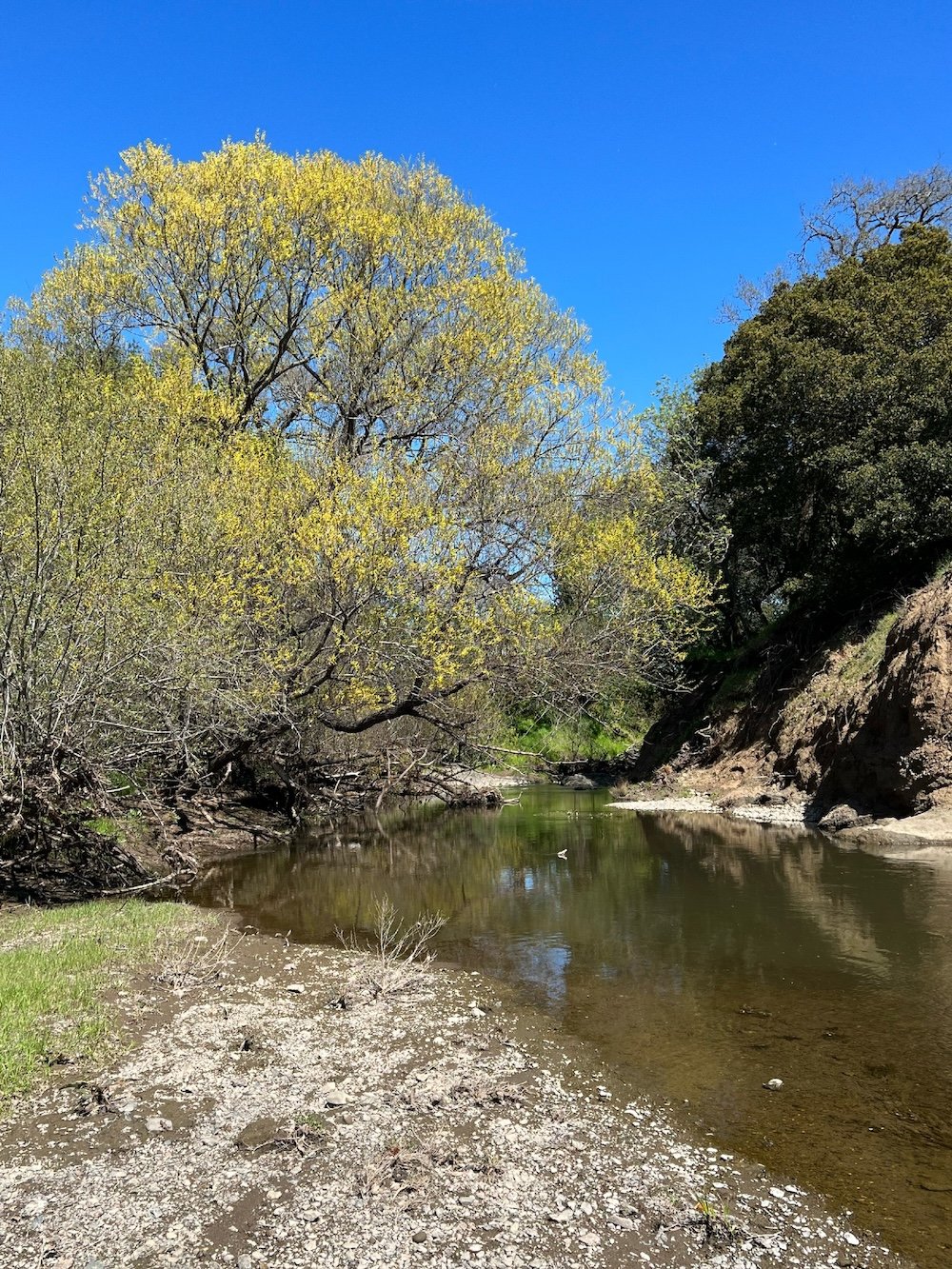
Agriculture Is an Act of Design
Ray and Charles believed that nature was the ultimate designer. They continually drew inspiration from the natural world and believed that “eventually everything connects.” This holistic approach drives our way of working at the Ranch, where we combine traditional and regenerative practices with cutting-edge innovations, all with the goal of nurturing a thriving ecosystem—and creating models for improving land management.
The Eames Ranch, located in California’s Sonoma County, functions as a living laboratory. Through partnerships with nonprofits, conservationists, and educators, we explore, test, and refine ideas and mechanisms for use in land stewardship, habitat restoration, farming, and ranching.
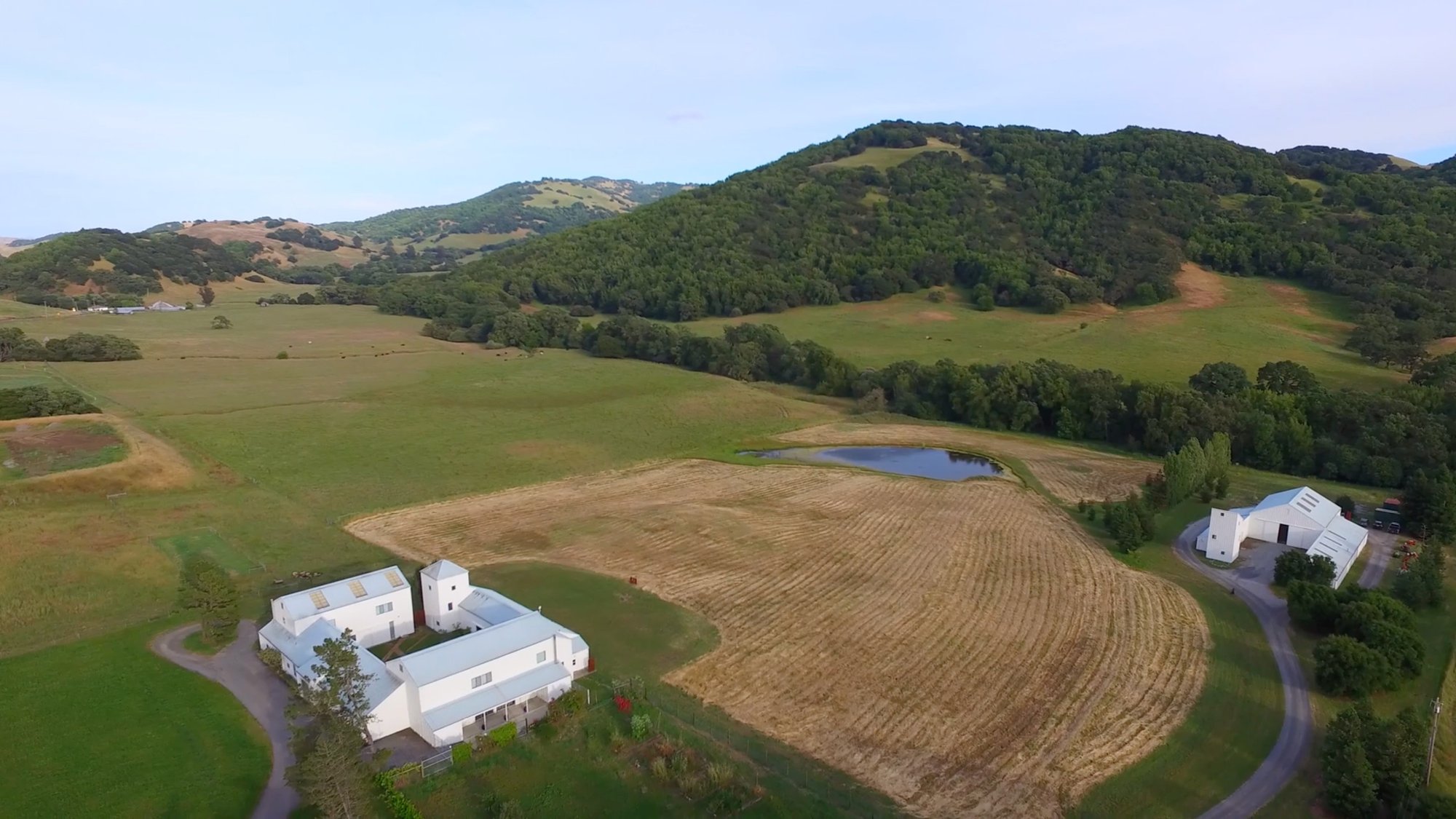
The Land
Bounded by rolling hills and a meandering stretch of San Antonio Creek, the Eames Ranch sits in a narrow, sunny valley on the southern edge of Sonoma County, in the traditional territory of the Coast Miwok people. Gently sloping pastures are covered in a mix of Spanish oats, barley, wild brassicas, native plants and Harding grass along with a sprinkling of flowering mustard, golden dandelions, and tiny purple lilies. On the hills, stands of valley and coastal live oak offer shade and habitat for turkeys and deer, and along the banks of the creek, fragrant bay laurel are interspersed with towering California buckeye trees that produce cones of delicate white and pink blossoms.
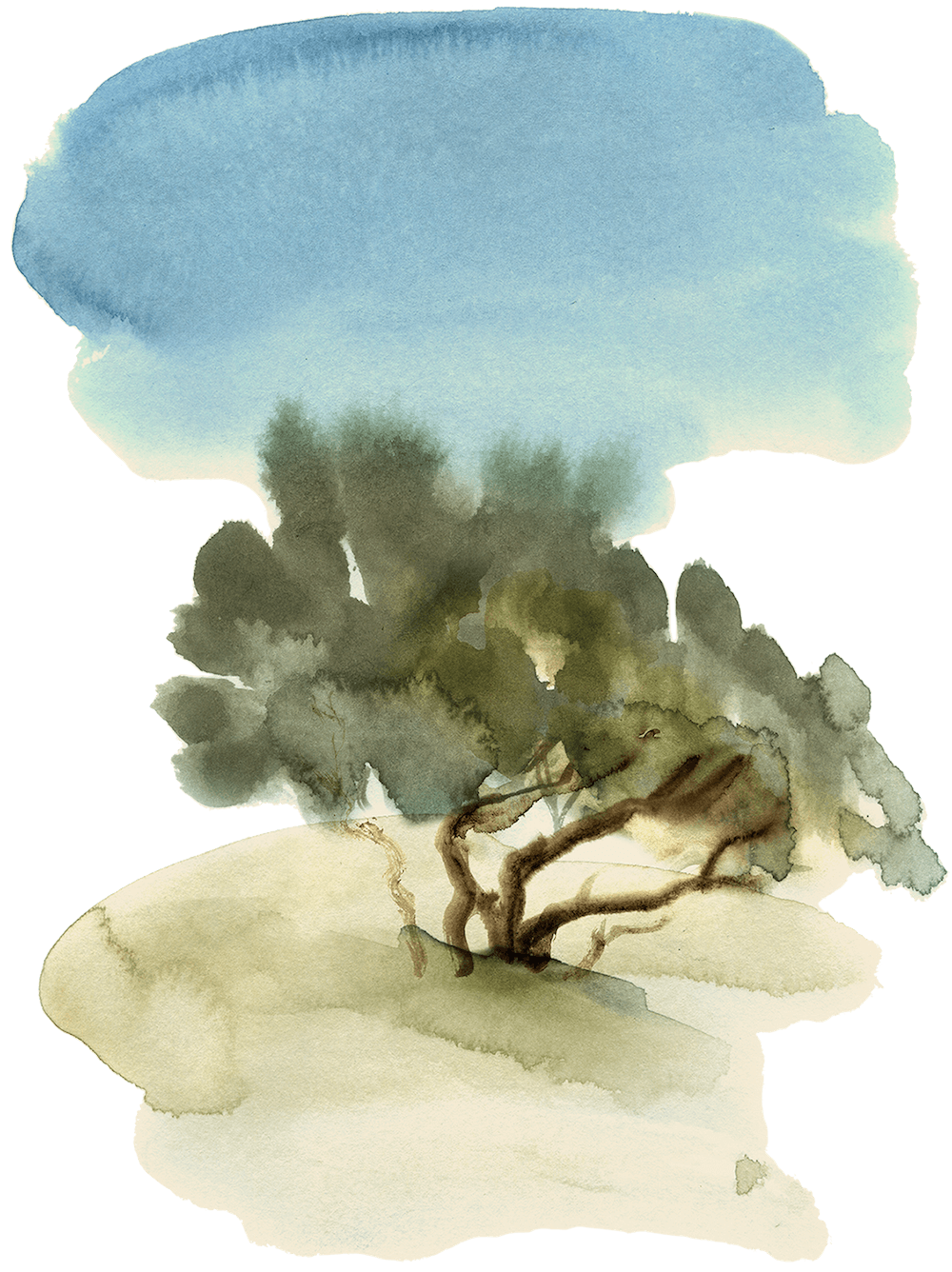
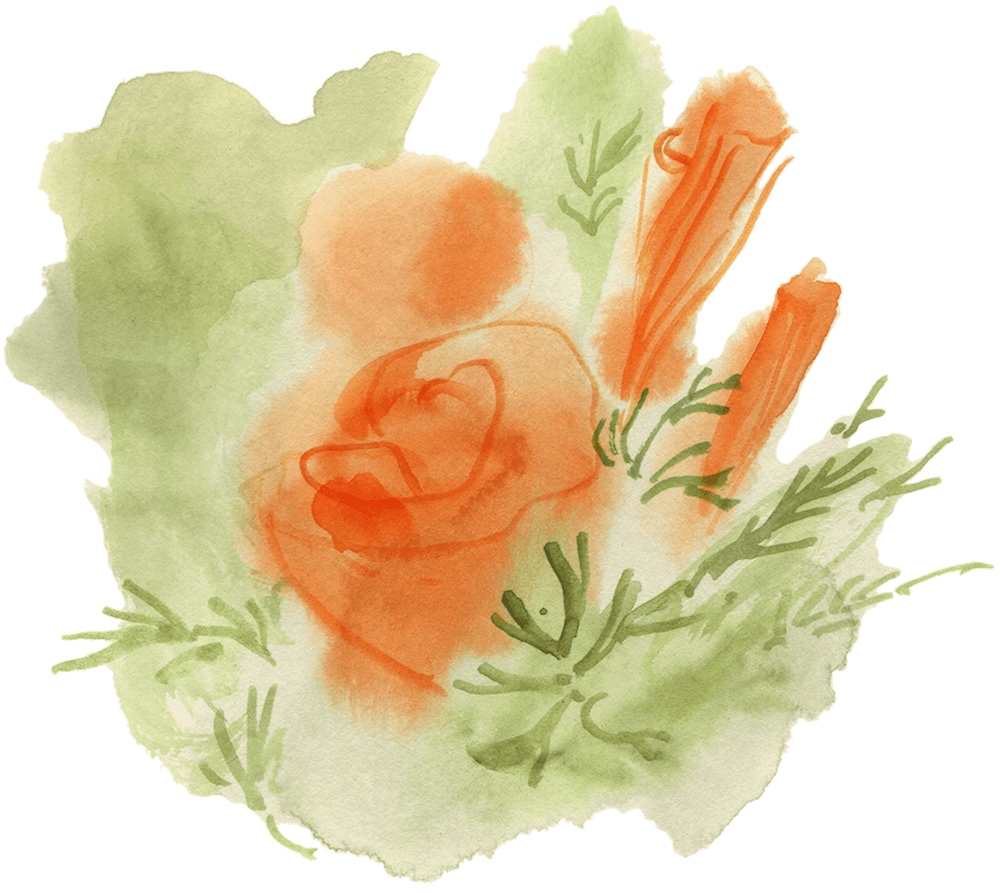
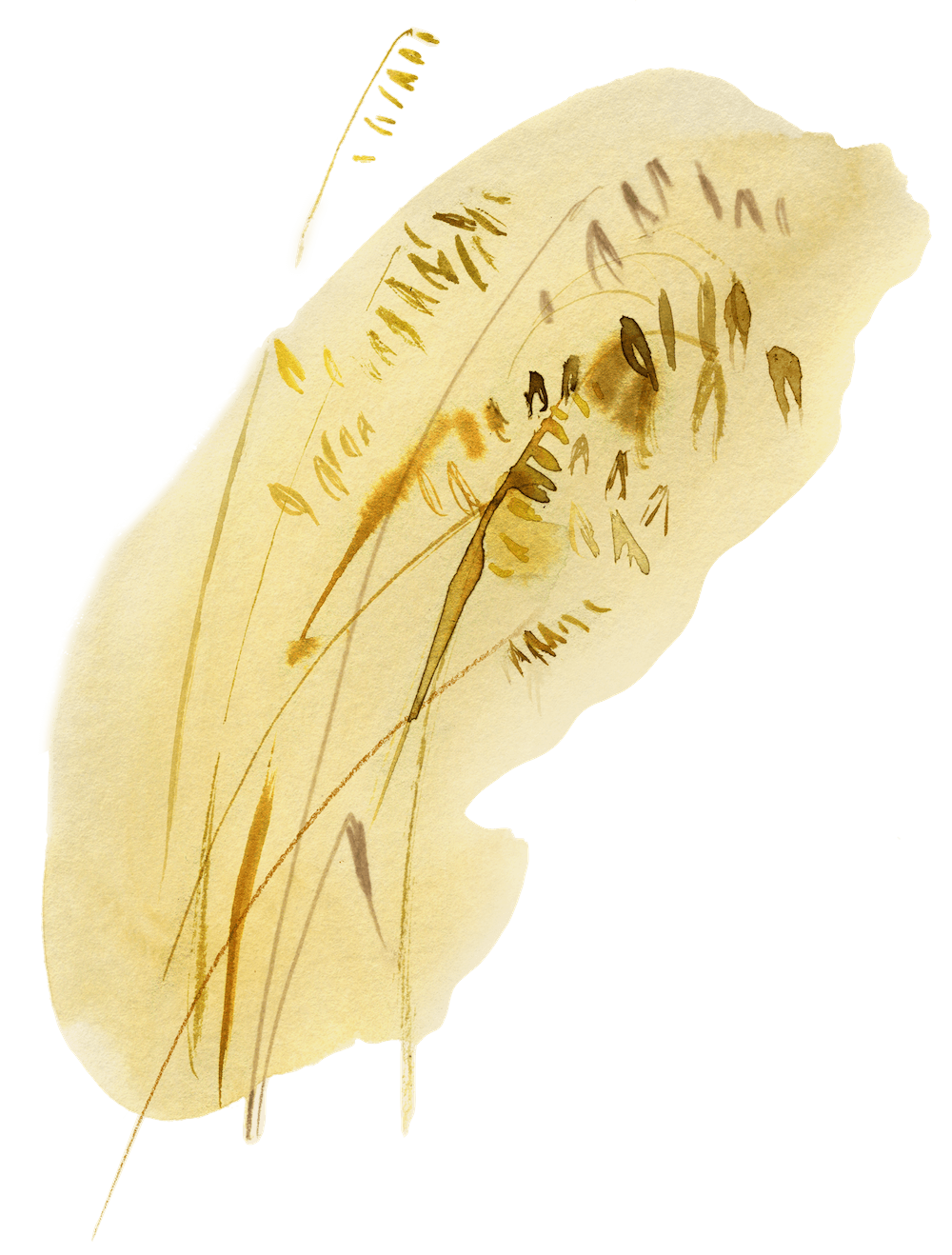
Our History
The current Eames Ranch, which has hosted grazing livestock for a quarter century, had its genesis as a Christmas tree farm throughout the 1980s. Early in the ’90s, Charles Eames’s daughter, Lucia, moved here to establish her home, bringing with her treasured artifacts from the Eames Office. Soon after her arrival, she was joined by daughter Llisa Demetrios and her family, who became skilled caretakers of the Ranch and are now 25-year residents of San Antonio Valley.
In recent years, the Ranch has grown to include an adjacent property, which was previously a dairy. The approximately 350 acres offer seasonal rotational grazing for cattle and feed for a herd of sheep (along with their vigilant guard llama, Lulu), as well as room for beekeeping and a farm garden.
Rotational grazing of livestock on the land has come through a decades-long partnership with nearby Windrush Farm and more recently with Sonoma Mountain Institute. The sheep are sheared, with the fleeces spun into wool, blankets, and garments.
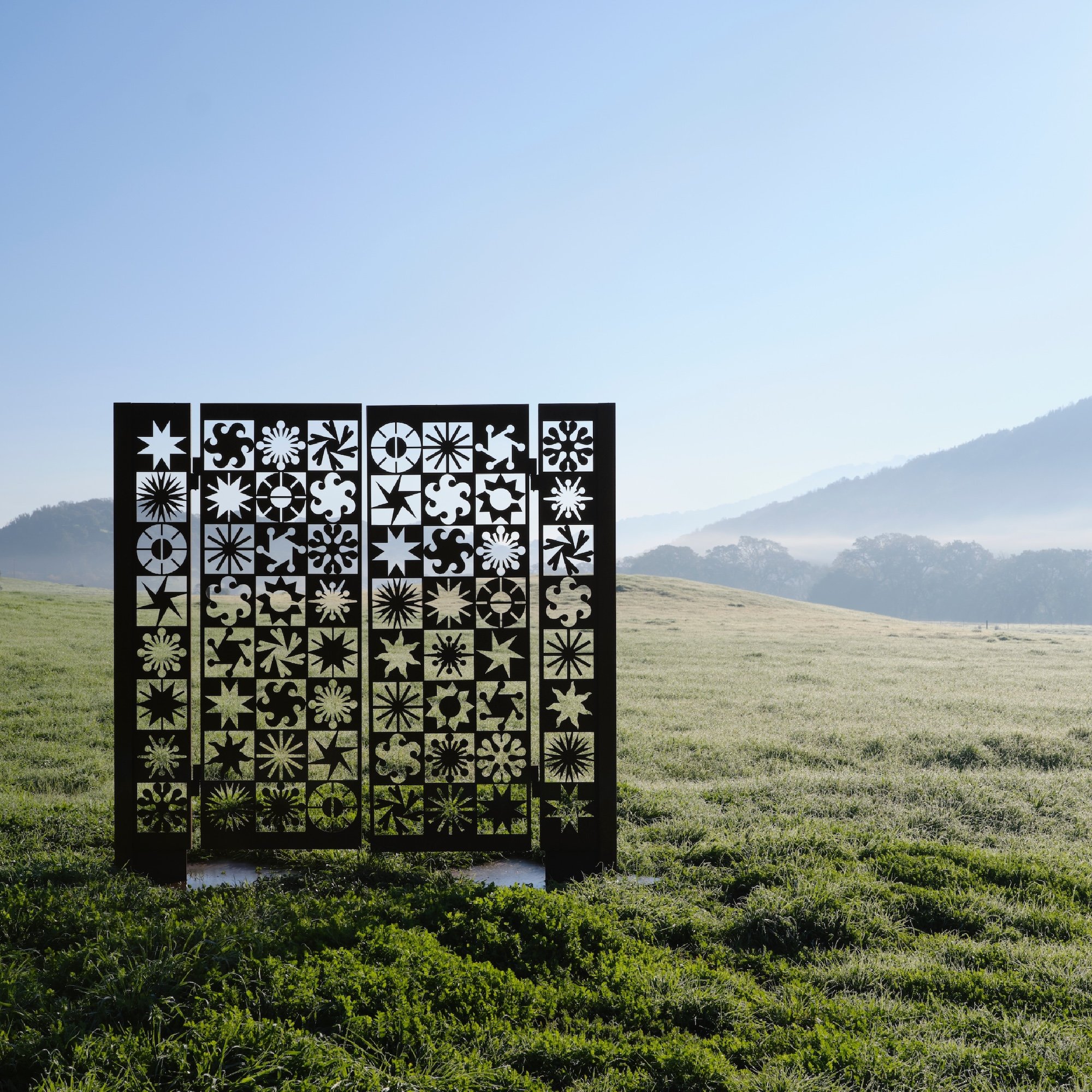
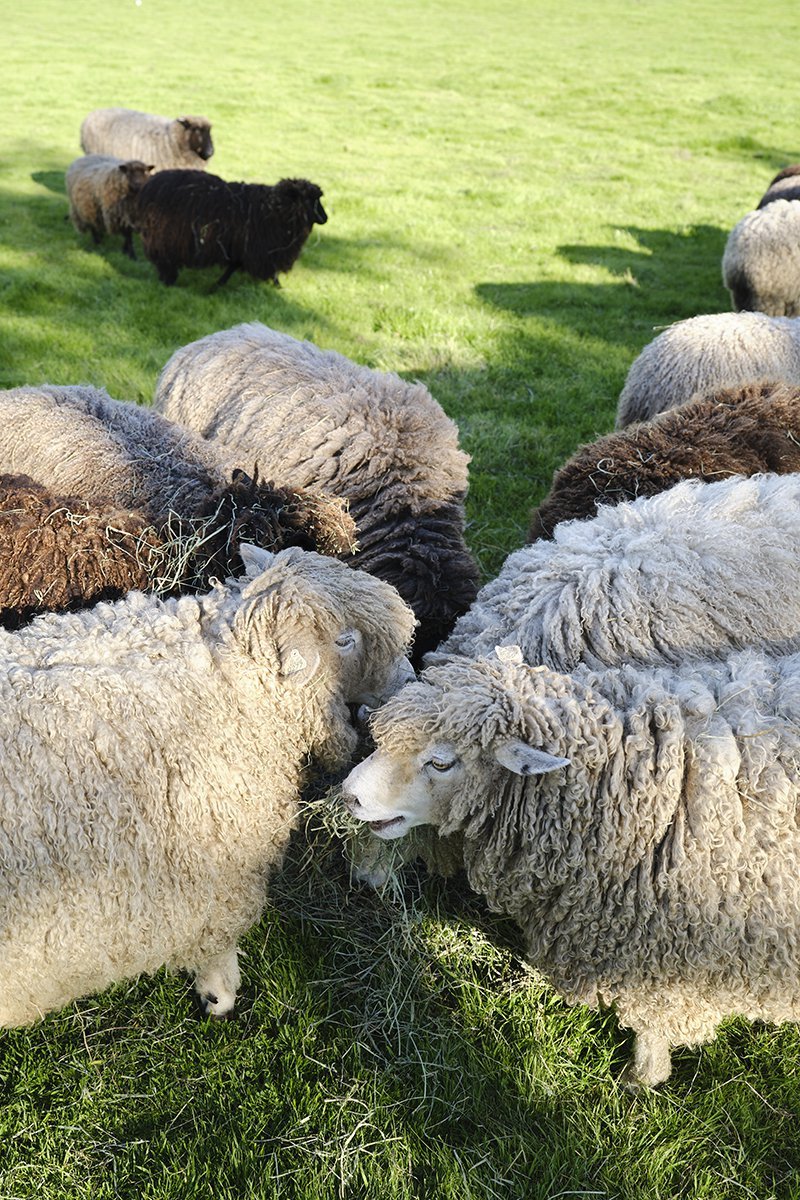
Innovation Through Collaboration
Today’s agricultural and land management tools offer countless ways to revitalize landscapes and make food production more sustainable and resilient. The Eames Ranch serves as a real-world laboratory where we partner with community members and innovators to explore new and resurgent approaches:

1— Farm Garden, 2— Rotational Grazing, 3— Soil Regeneration, 4— Creek Restoration, 5— Virtual Fencing
The Buildings
Nestled within the landscape of the Ranch, which is predominantly agricultural fields and open land, are two residences and several barns. The two structures on the original Eames Ranch property were designed by William Turnbull in the 1990s. One served as a multi-generational home for Lucia and Llisa’s families, and for many years, housed the collection that they inherited from Ray and Charles. The other, a large barn, supports the agricultural operations and is outfitted with a small metal shop, a wood shop, and a studio dedicated to fiber arts.
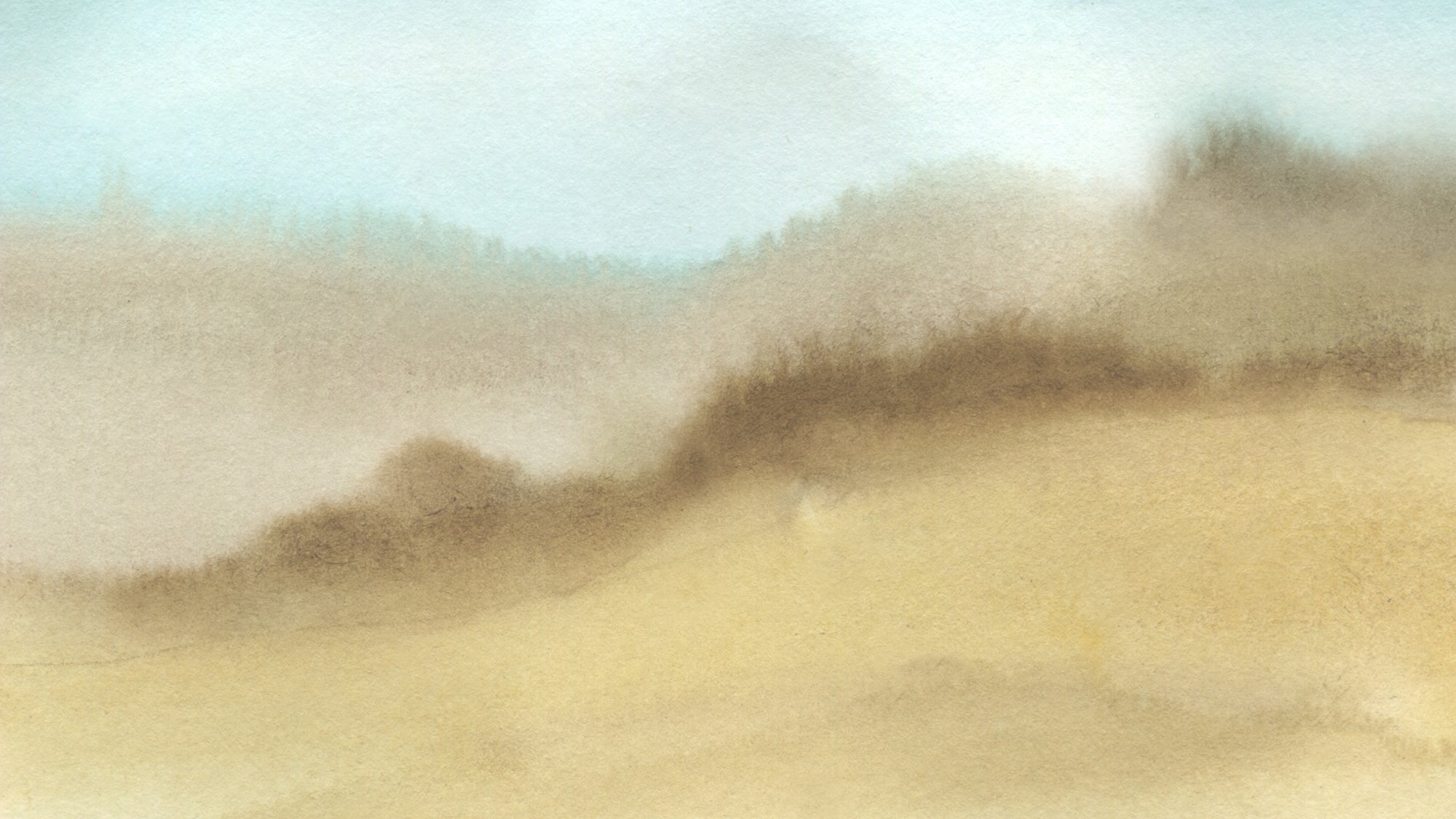
Land Acknowledgement
The Eames Institute acknowledges the property currently identified as the Eames Ranch to be a part of the traditional territory of the Meleya and Amayelle tribes of the Coast Miwok people. We honor the Coast Miwok—past, present, and future—as the original stewards of this special place, and appreciate the enduring legacy, connections, and relationships they have to their ancestral homeland. We recognize that after thousands of years of peaceful habitation, these lands were unjustly and forcibly stolen, and we humbly aim to create a safe place that welcomes everyone in an atmosphere of trust and knowledge‑sharing.



